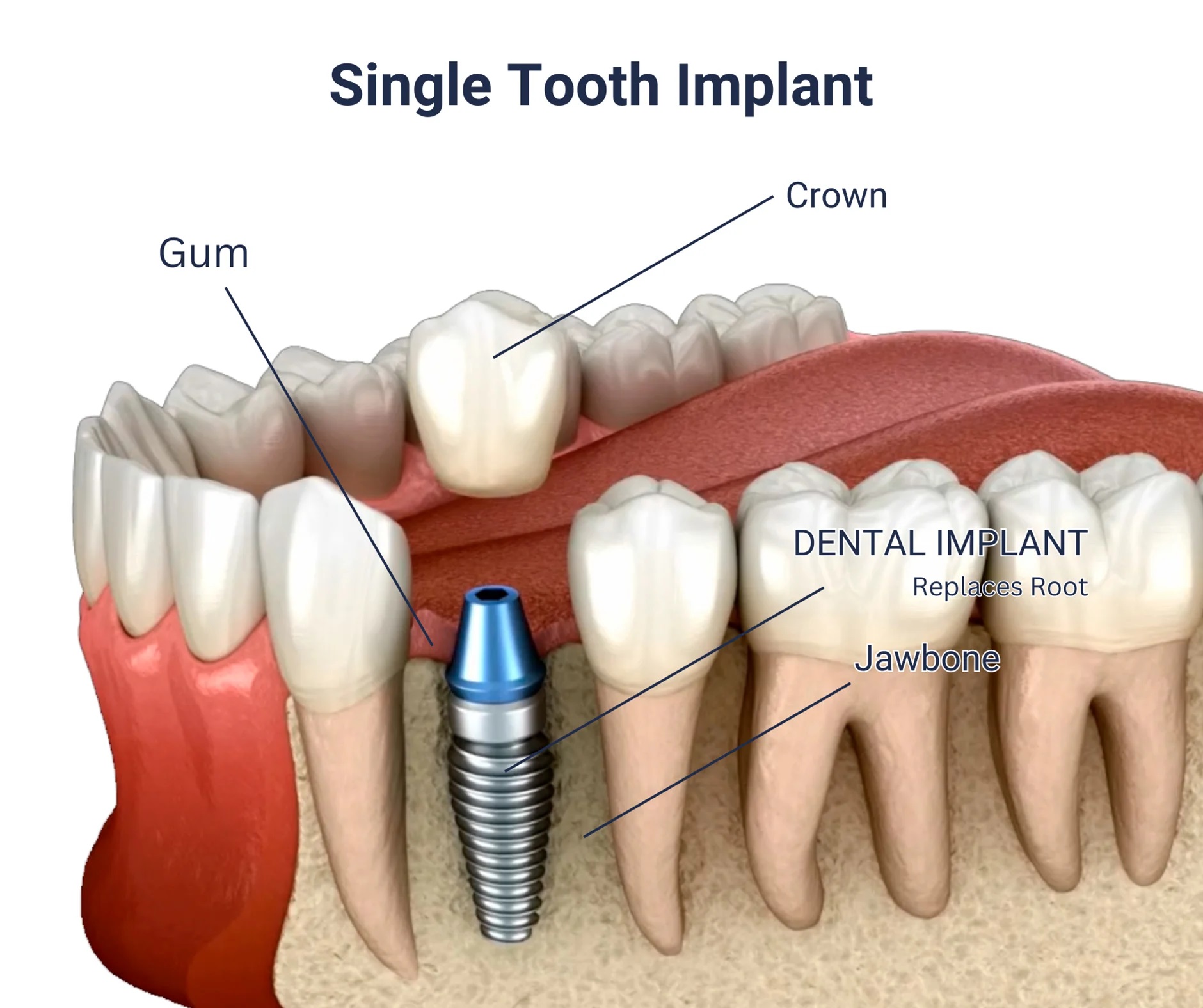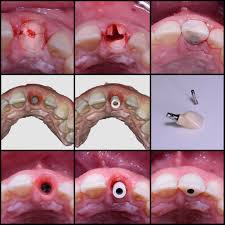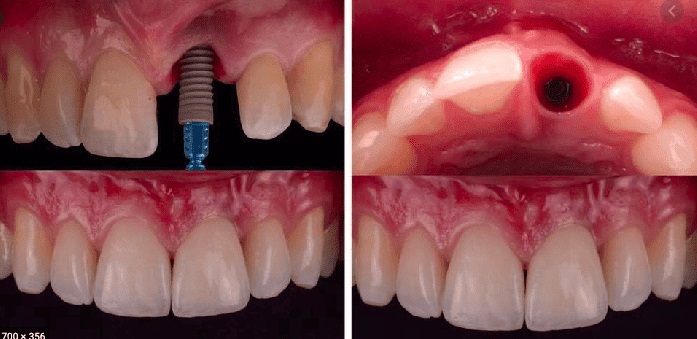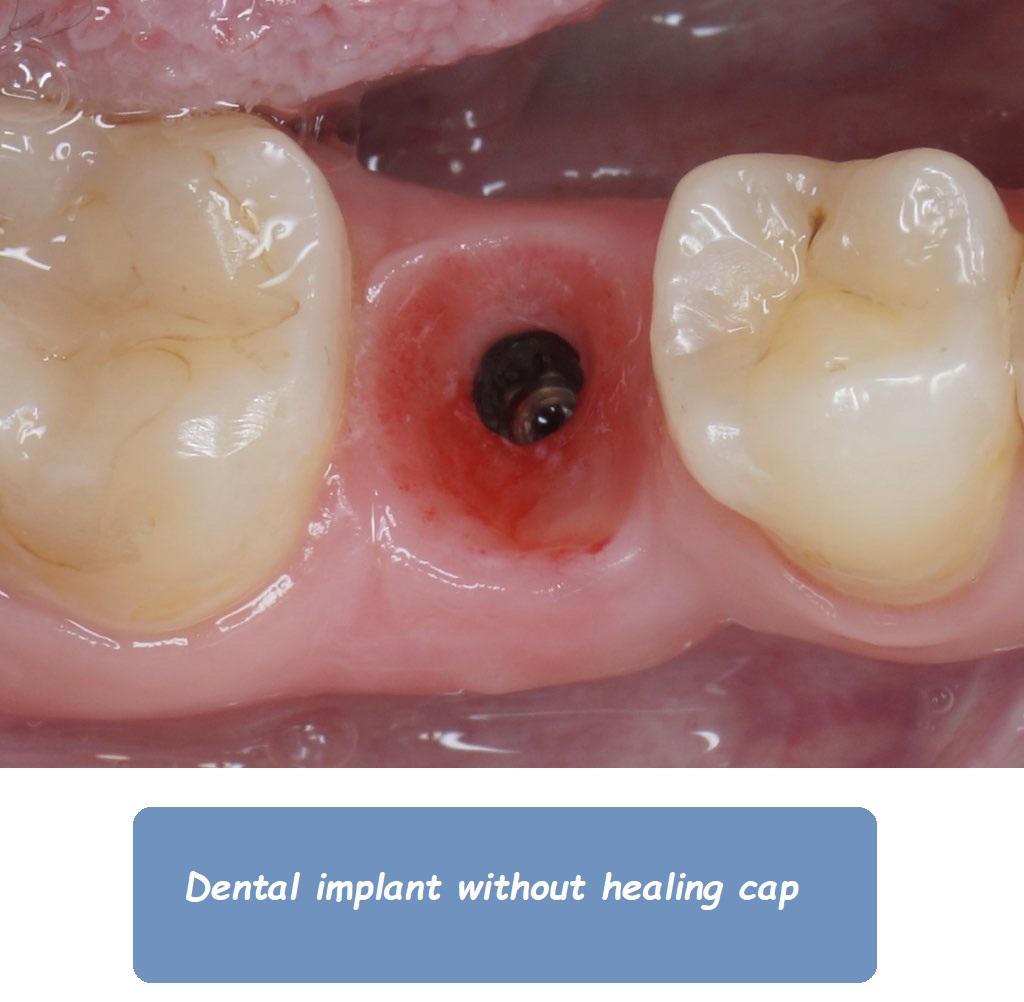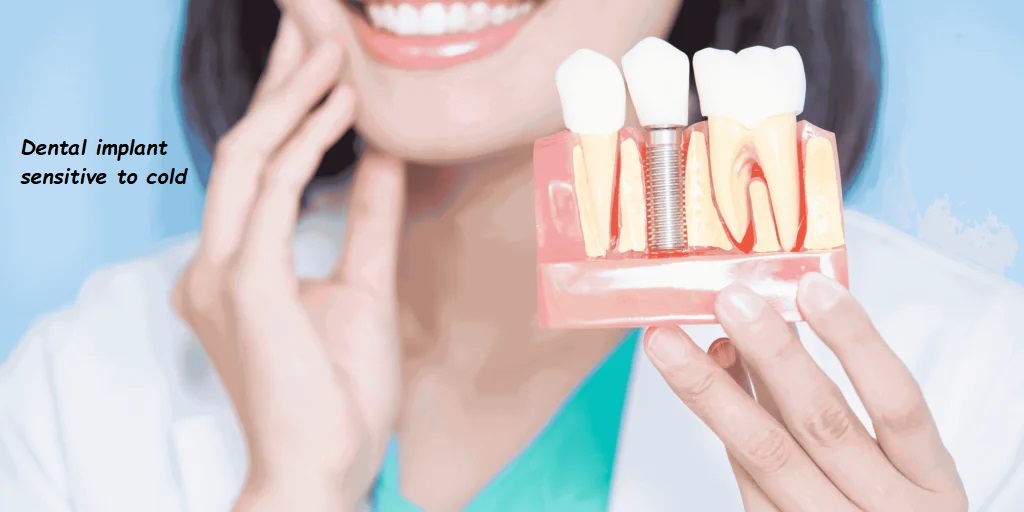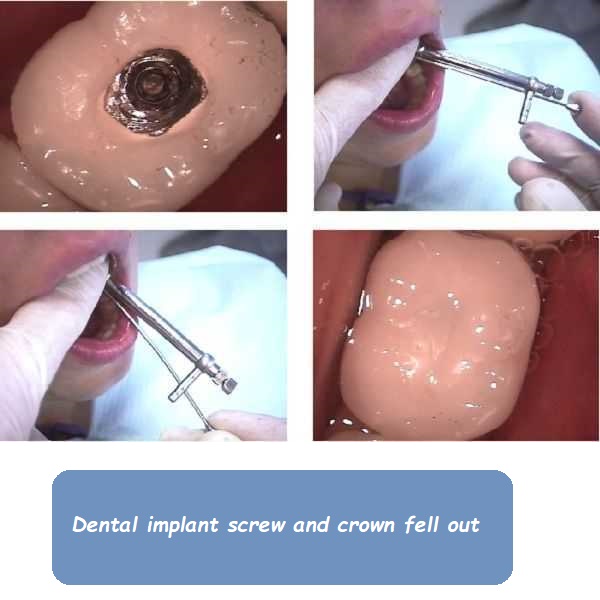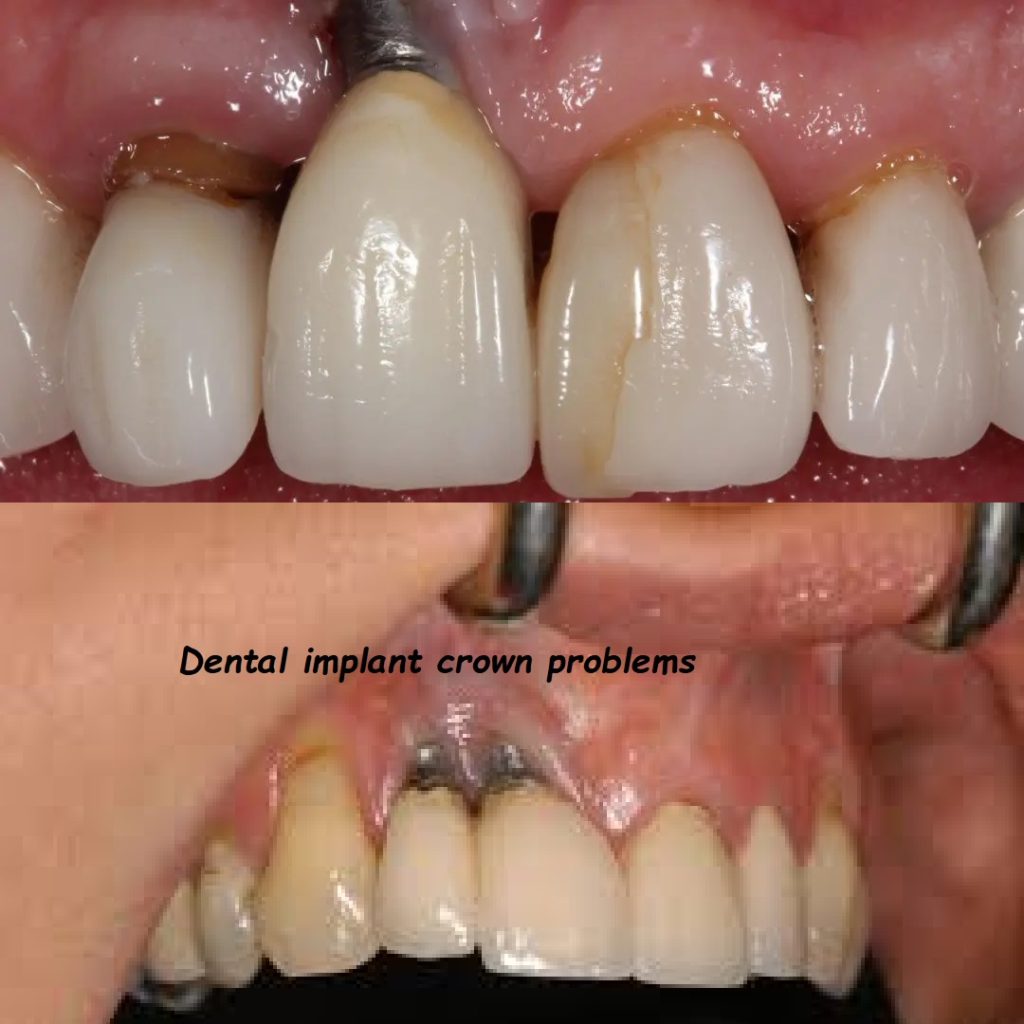Dental implants recovery
Dental Implants Recovery: A Comprehensive Guide
Dental implants are a transformative solution for replacing missing teeth, offering both aesthetic and functional benefits. However, understanding the recovery process is crucial to ensure the success and longevity of your dental implants. This comprehensive guide will walk you through everything you need to know about dental implants recovery, from the initial stages post-surgery to long-term maintenance.
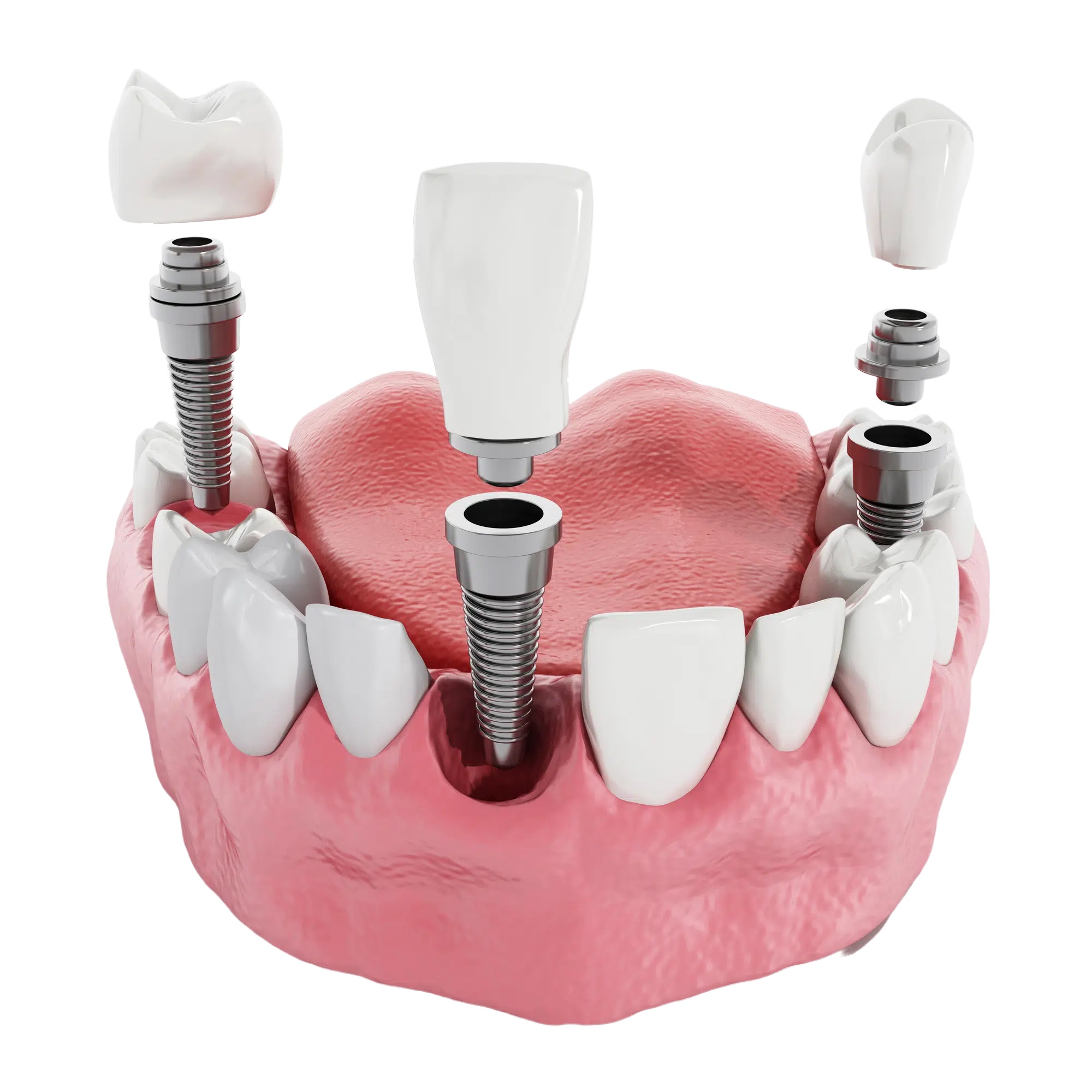
Table of Contents
- Introduction
- What Are Dental Implants?
- The Dental Implant Procedure
- Immediate Post-Surgery Care
- Stages of Dental Implants Recovery
- Factors Influencing Recovery Time
- Managing Pain and Discomfort
- Dietary Guidelines During Recovery
- Oral Hygiene Practices
- Potential Complications and How to Address Them
- Long-Term Maintenance of Dental Implants
- Frequently Asked Questions (FAQs)
- Conclusion
Introduction
Dental implants are a popular and effective way to replace missing teeth. They are designed to provide a strong foundation for replacement teeth that look, feel, and function like natural teeth. This guide aims to provide a detailed overview of the dental implants recovery process, helping you understand what to expect and how to ensure a smooth and successful healing journey.
What Are Dental Implants?
Dental implants are artificial tooth roots made of biocompatible materials such as titanium. These implants are surgically placed into the jawbone where they provide a sturdy base for supporting one or more artificial teeth, known as crowns. Dental implants are an excellent option for people who have lost a tooth or teeth due to periodontal disease, an injury, or other reasons.
The Dental Implant Procedure
The dental implant procedure involves several stages, each crucial for the success of the implant. Here’s a brief overview of the steps involved:
- Initial Consultation:
- Comprehensive dental examination, including X-rays and 3D imaging.
- Discussion of the treatment plan and options.
- Surgical Placement:
- Local anesthesia or sedation is administered.
- The dental implant is surgically placed into the jawbone.
- Sutures are used to close the gum tissue.
- Healing Period:
- Osseointegration (the process where the implant fuses with the jawbone) takes place over several months.
- Abutment Placement:
- Once osseointegration is complete, an abutment is placed on the implant.
- The gum tissue is allowed to heal around the abutment.
- Final Restoration:
- Impressions of your teeth are taken to create a custom crown.
- The crown is attached to the abutment, completing the restoration.
Immediate Post-Surgery Care
The first few days after your dental implant surgery are critical for ensuring proper healing. Here are some immediate post-surgery care tips:
- Rest: Ensure you get plenty of rest and avoid strenuous activities for at least 48 hours.
- Ice Packs: Apply ice packs to your face to reduce swelling and discomfort.
- Medication: Take prescribed antibiotics and pain relievers as directed by your dentist.
- Soft Diet: Stick to a soft diet and avoid chewing on the side where the implant was placed.
- Oral Hygiene: Gently rinse your mouth with a mild saltwater solution to keep the area clean.

Stages of Dental Implants Recovery
Initial Healing Period
The initial healing period lasts for about 1-2 weeks. During this time, you may experience:
- Swelling and Bruising: Swelling is a natural response to surgery and can last for several days.
- Bleeding: Minor bleeding is common within the first 24-48 hours. Use gauze pads to control bleeding.
- Pain and Discomfort: Pain can be managed with prescribed medications. Over-the-counter pain relievers like ibuprofen can also be effective.
Osseointegration Phase
Osseointegration is the most crucial phase of dental implant recovery. This process can take anywhere from 3 to 6 months, depending on individual healing rates and bone quality. During osseointegration:
- Bone Growth: The jawbone grows around the implant, anchoring it securely in place.
- Regular Check-Ups: Regular dental visits are necessary to monitor the progress of osseointegration.
Final Restoration
Once osseointegration is complete, the final steps include:
- Abutment Placement: A minor surgical procedure to attach the abutment.
- Crown Placement: Impressions are taken to create a custom crown that fits perfectly with your natural teeth. The crown is then attached to the abutment.
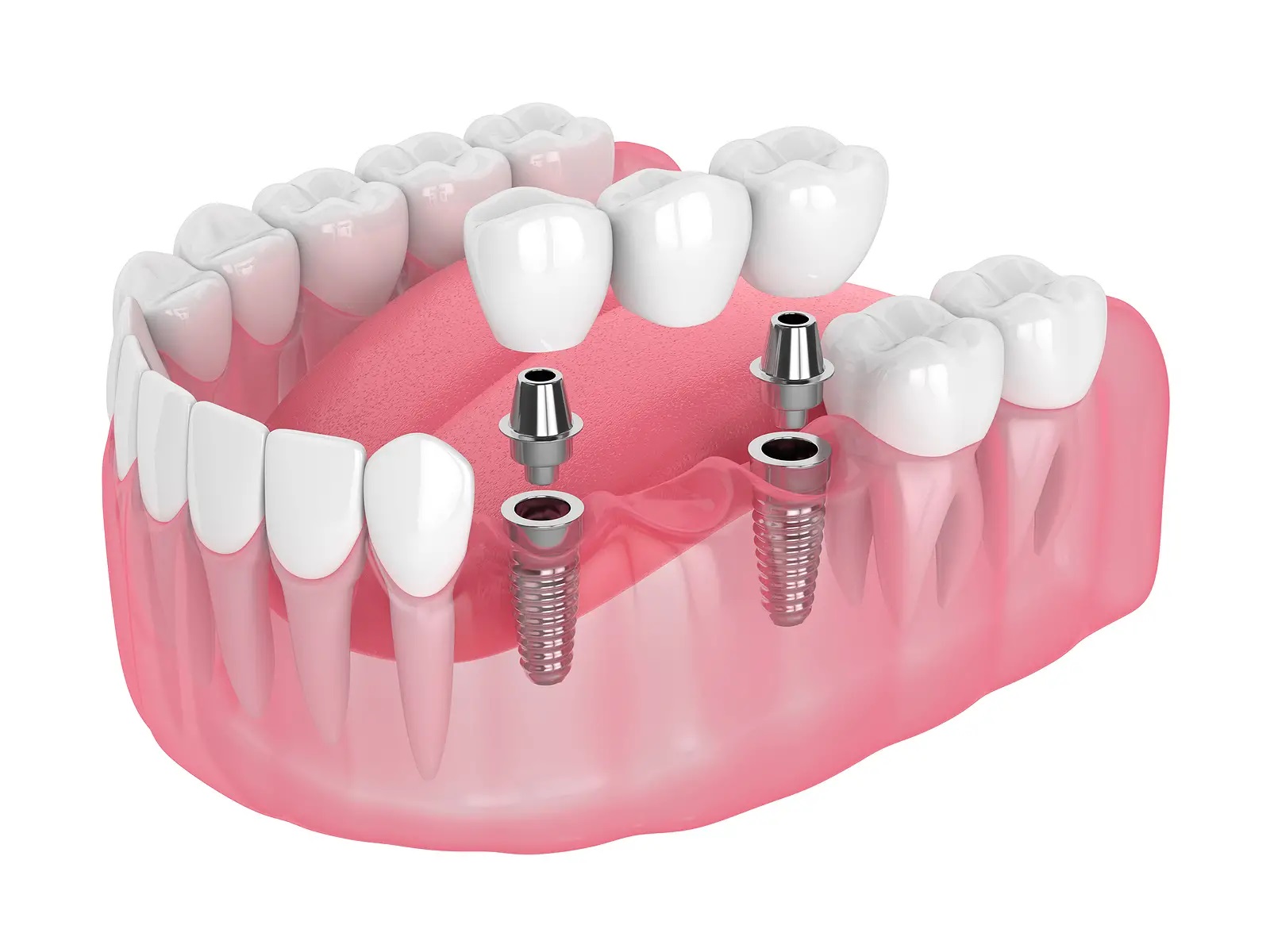
Factors Influencing Recovery Time
Several factors can influence the recovery time of dental implants:
- Bone Quality and Quantity: Patients with good bone density and quality tend to heal faster.
- Overall Health: General health conditions, such as diabetes or autoimmune diseases, can affect healing.
- Smoking: Smoking can delay healing and increase the risk of implant failure.
- Oral Hygiene: Good oral hygiene practices are essential for a smooth recovery.
Managing Pain and Discomfort
Pain and discomfort are common after dental implant surgery but can be effectively managed with the following strategies:
- Medication: Follow your dentist’s prescription for pain relief and antibiotics.
- Cold Compress: Apply cold compresses to reduce swelling and numb the pain.
- Rest: Avoid strenuous activities and allow your body to heal.
- Soft Foods: Stick to a soft diet to avoid putting pressure on the implant site.
Dietary Guidelines During Recovery
Your diet plays a crucial role in your recovery process. Follow these dietary guidelines:
- Soft Foods: Eat soft foods like mashed potatoes, yogurt, and smoothies.
- Avoid Hard Foods: Stay away from hard, crunchy, or chewy foods that can damage the implant site.
- Stay Hydrated: Drink plenty of water to stay hydrated but avoid using straws, as the suction can disrupt healing.
- Nutrient-Rich Foods: Consume nutrient-rich foods to support healing, such as fruits, vegetables, and lean proteins.
Oral Hygiene Practices
Maintaining good oral hygiene is vital for the success of your dental implants:
- Gentle Brushing: Brush your teeth gently with a soft-bristled toothbrush to avoid irritating the implant site.
- Flossing: Use special floss designed for dental implants or a water flosser to clean around the implant.
- Antibacterial Mouthwash: Rinse with an antibacterial mouthwash to reduce the risk of infection.
- Regular Dental Visits: Schedule regular check-ups to monitor the health of your implants and overall oral hygiene.
Potential Complications and How to Address Them
While dental implants have a high success rate, complications can occur. Here are some potential complications and how to address them:
- Infection: Signs of infection include redness, swelling, and pus around the implant site. If you notice these symptoms, contact your dentist immediately.
- Implant Failure: This can occur if the implant does not properly integrate with the bone. Factors such as smoking, poor oral hygiene, or certain medical conditions can increase the risk.
- Nerve Damage: This is rare but can happen if the implant is placed too close to a nerve. Symptoms include numbness or tingling in the gums, lips, or chin.
- Sinus Problems: For implants placed in the upper jaw, there is a risk of sinus issues if the implant protrudes into the sinus cavity.
Long-Term Maintenance of Dental Implants
Ensuring the longevity of your dental implants requires ongoing care and maintenance:
- Regular Dental Visits: Schedule regular check-ups and cleanings with your dentist to monitor the health of your implants.
- Proper Oral Hygiene: Continue brushing, flossing, and using mouthwash as part of your daily routine.
- Avoid Hard Foods: Avoid chewing on hard objects like ice or pencils that can damage the implants.
- Lifestyle Choices: Maintain a healthy lifestyle, avoid smoking, and manage any medical conditions that could affect your oral health.
Frequently Asked Questions (FAQs)
Q: How long does it take for dental implants to fully heal? A: The complete healing process for dental implants can take anywhere from 3 to 6 months, depending on individual healing rates and bone quality.
Q: Is dental implant surgery painful? A: Most patients report minimal pain during the procedure, as it is performed under local anesthesia or sedation. Post-surgery pain can be managed with prescribed medications.
Q: What can I eat after dental implant surgery? A: Stick to soft foods like mashed potatoes, yogurt, smoothies, and avoid hard, crunchy, or chewy foods. Gradually reintroduce solid foods as you heal.
Q: How do I clean my dental implants? A: Brush gently with a soft-bristled toothbrush, floss using special implant floss or a water flosser, and rinse with an antibacterial mouthwash.
Q: Can I smoke after getting dental implants? A: Smoking can delay healing and increase the risk of implant failure. It is recommended to avoid smoking during the recovery period and ideally quit altogether.
Q: Are dental implants covered by insurance? A: Coverage varies by insurance plan. Some dental insurance plans may cover part of the cost, but many consider implants to be a cosmetic procedure. Check with your insurance provider for details.
Conclusion
Dental implants are an excellent solution for replacing missing teeth, offering a natural look and feel, as well as long-term durability. However, understanding and following the recovery process is crucial to ensure their success. From immediate post-surgery care to long-term maintenance, each stage plays a vital role in the overall success of your dental implants. By adhering to the guidelines provided in this comprehensive guide, you can ensure a smooth recovery and enjoy the benefits of your dental implants for years to come.
This guide aims to provide all the information you need about the recovery process for dental implants, helping you navigate each stage with confidence and ease. For more information or to schedule a consultation, visit the relevant sections of our webpage.

